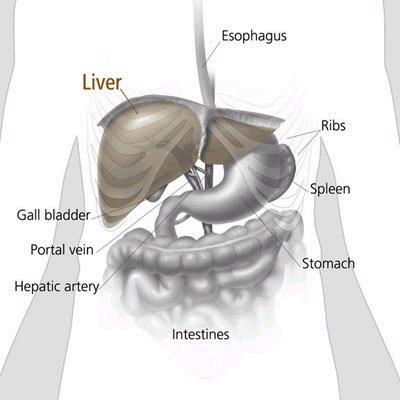 Action Points
Action Points
- Note that this study was published as an abstract and presented at a conference. these data and conclusions should be considered to be preliminary until published in a peer-reviewed journal.
- Explain that a majority of patients with treatment-refractory interstitial cystitis and chronic pelvic pain syndrome (IC/CPPS) had clinically significant improvement in symptoms after treatment with the immunosuppressant cyclosporine.
- Note that adverse effects included muscle cramping, fatigue, gastrointestinal toxicity, abnormal liver function test results, and elevated creatinine.
WASHINGTON — A majority of patients with treatment-refractory interstitial cystitis and chronic pelvic pain syndrome (IC/CPPS) had clinically significant improvement in symptoms after treatment with the immunosuppressant cyclosporine, data from a small clinical study showed.
Fifteen of 22 patients had at least 75% improvement in global symptoms. On average, a 75% reduction in symptom scores occurred after 3.5 months of treatment.
Nocturia episodes decreased by more than half, according to a presentation here at the American Urological Association meeting.
“All the patients understood that this is off-label use of cyclosporine, but they were desperately symptomatic patients, and were more than happy with any symptomatic response they could get,” said John Forrest, MD, of Urologic Specialists of Oklahoma in Tulsa.
“From an observational standpoint, these are some of the most dramatic responses I have seen to any therapy for interstitial cystitis in this particular population. these were not mildly or moderately symptomatic patients. they were severely symptomatic,” he said at an AUA press briefing.
However, all patients had a return of symptoms following discontinuation of cyclosporine so the optimal treatment duration remains to be determined, Forrest added.
The clinical evaluation of cyclosporine in patients with IC/CPPS had its origin in two Finnish studies: one was a retrospective chart review and the other was a randomized comparison involving pentosan polysulfate. Both studies showed substantial symptom relief with the immunosuppressant (J Urol 2004; 171: 2138-2141, J Urol 2005; 174: 2235-2238).
Forrest reported results from a small cohort of patients with treatment refractory IC/CPPS. all of the patients had received no benefit from prior treatment with oral or instillation therapy, sometimes both.
The study population comprised eight men and 14 women with a mean age of 56. Their duration of IC/CPPS symptoms averaged 10.5 years, and their pretreatment Pain Urgency Frequency score averaged 25.
The patients had an average pretreatment anesthetic bladder capacity of 400 mL. the majority had bladder ulcerations, while six had documented autoimmune disease and three had recurrent severe hemorrhagic cystitis.
“These were patients who had run out of options,” Forrest said. “For most of them, the next step would have been a pain management program or cystectomy.”
Treatment with cyclosporine began at a dose of 2 mg/kg/day in divided doses. as symptoms improved, the dose was gradually titrated down. Additionally, dose adjustments were made in response to side effects and serum cyclosporine levels.
Symptom response occurred quickly and, in some cases, dramatically, according to Forrest. Nocturia episodes decreased from an average of five per night before treatment to two after treatment. all patients with hemorrhagic cystitis had complete resolution of bleeding. the patients with autoimmune disease had improvement in associated symptoms.
The seven nonresponders included three patients who stopped treatment because of adverse effects, which included muscle cramping, fatigue, gastrointestinal toxicity, abnormal liver function test results, and elevated creatinine.
“These observations raise more questions than answers,” Forrest said. “So far as I know, no one knows the answer to the question of how long to continue the therapy.”
“We would dose-reduce as patients responded to treatment, but every patient who discontinued treatment had recurrence of symptoms within three months,” he added. “Patients were fine with restarting the treatment.”
Higher doses of cyclosporine used in organ transplantation have been associated with a risk of secondary malignancy, Forrest continued. the risk associated with the low dose used to treat IC/CPPS is unknown.
Forrest had no relevant disclosures.